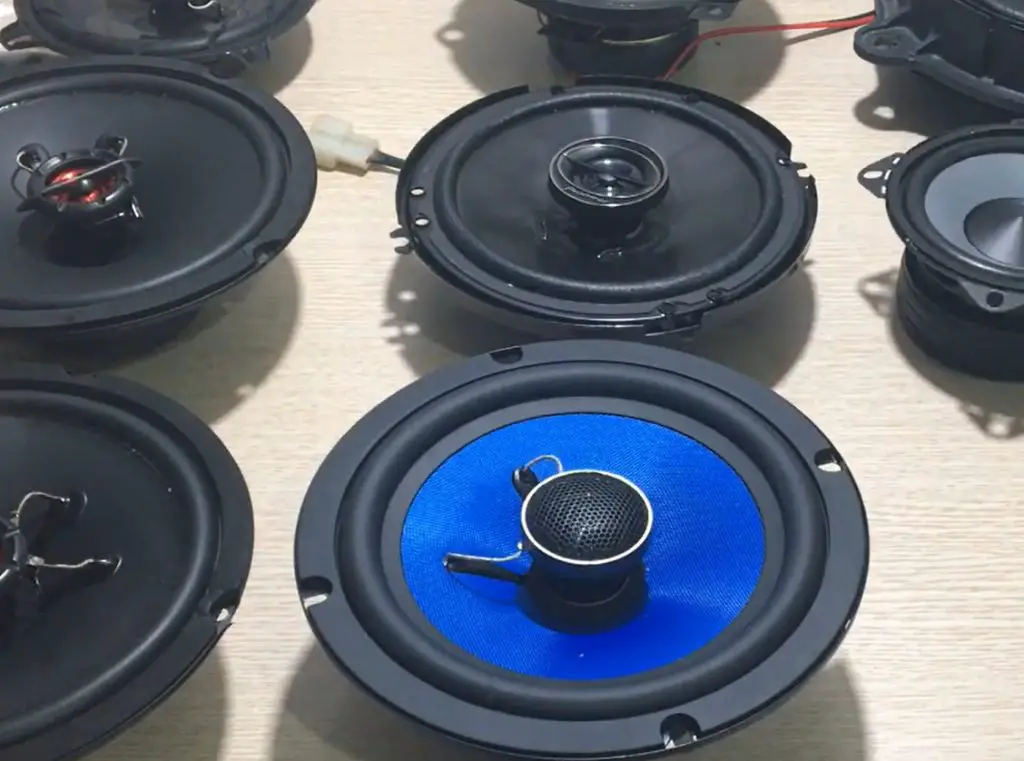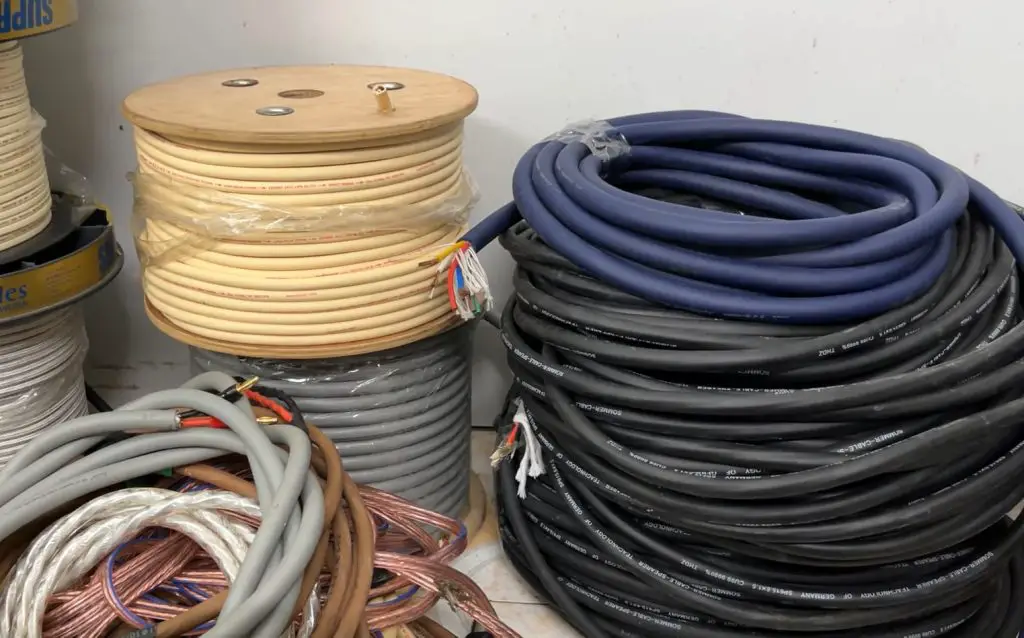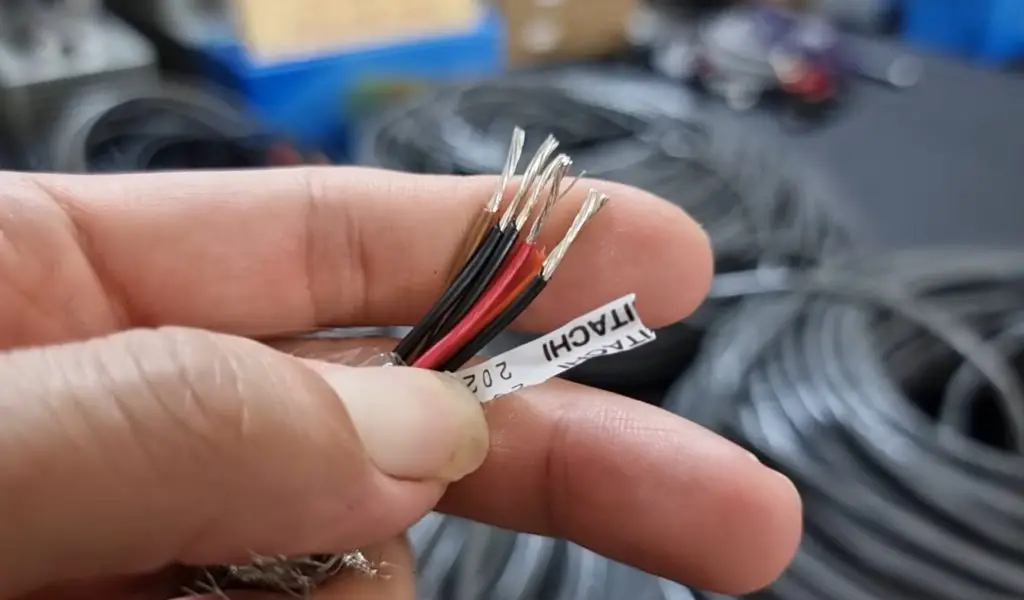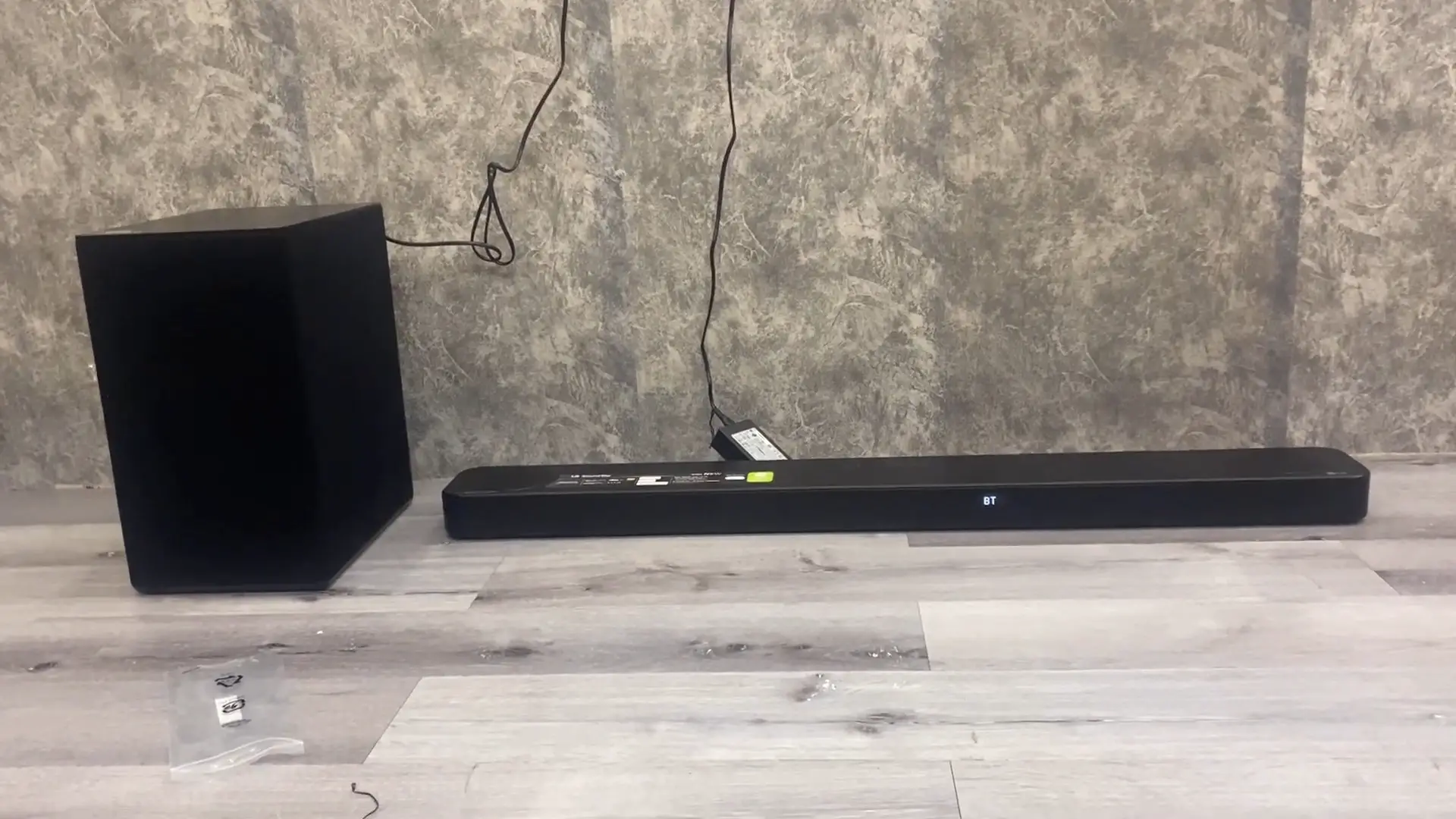Speaker wire colors: Color codes table explained
The wiring is an essential but often overlooked part of any system. Today, we will look at speaker wire. We will also cover all information related to it, from the speaker wire colors, material, and definition to its purpose and how it’s made.
So if you are interested in this topic, let’s read to the end to capture valuable information right now!
Contents
Speaker Wire Colors: Codes Table

The primary function of speaker wires is to carry one electrical signal (current and voltage) from an amplifier (a receiver’s amplifier) to your speakers.
Speaker wires include equal numbers of conductors insulated and covered from each other and covered by one protective jacket, typically PVC.
One conductor of the wire is called the Positive (or + red) conductor, whereas the rest is known as the Negative (or – black) conductor.
Copper material is the most typically utilized metal conductor. Conductors usually are made from various small strands of copper. Stranded wires are very flexible, making them much more effortless to run through your house’s walls. Jackets and insulators of the speaker wires are commonly made of PVC.
The code of colors for four-conductor speaker wires includes Red (or positive), Black (or negative), Green (or negative), and Yellow or White (or positive).
The former two are utilized for your first speaker as two-conductor speaker wires usually contain a red and black conductor, with the Red being speaker wire positive negative (+) and Black being negative (-).
Many people generally do anything from left to right, as the left is commonly selected as the left side. It leaves your right speaker with yellow (or white) and green conductors.
Green (or with one Yellow stripe in some cases) is the earth ground’s color in AC wiring. Hence, we will utilize this green wire as Negative, leaving Yellow or White wire as Positive.
Four-conductor wires are typically utilized for whole-house wiring to lower the amount of labor and cable required.
Quality wiring will perform better in carrying audio signals from a source to a destination with no signal degradation. It will end up with less distortion and noise, producing better sound. In contrast, inexpensive is much noisier.
Cables and wires are less expensive than main parts, so buying higher-quality wires is one of the most cost-effective performance upgrades available.
Color Codes of Two-Conductor Speaker Wires
| Terminal | Wire Color |
| Positive (+) | Red |
| Negative (-) | Black |
Color Codes of Four-Conductor Speaker Wires
| Speaker | Terminal | Wire Color |
| Left | Positive (+) | Red |
| Left | Negative (-) | Black |
| Right | Positive (+) | Green |
| Right | Negative (-) | Yellow or White |
Speaker Wire: Everything You Need to Know
What Is Speaker Cable?
Speaker wires are utilized to make an electrical connection between audio amplifiers and loudspeakers.
Modern speaker wires include two electrical conductors or are more individually insulated by plastic (such as PE, Teflon, or PVC) or rubber (less commonly).
The two wires should be electrically identical but marked to determine the correct audio signal polarity. Speaker wires most commonly come in the form of zip cords.
Related: 3.1.2 Vs 5.1.2 Soundbar
Material

Copper is the used material for speaker wires because of its low resistance and low cost. But it can be oxidized, so it requires to be well insulated and covered.
When pure copper is exposed to air, it will react to making copper oxide which will cover its exposed surface. So one barrier will be formed between the amplifier/speaker and the cable, leading to weak connections.
Silver is a bit less resistive than copper. In addition, it is more expensive than copper, even if it is generally thinner.
On the other hand, gold is not oxidized, allowing you to use it for open terminations. However, it has a higher resistivity than silver or copper, making it rarely used as speaker cables. As with all metals, the purer the wire utilized, the more you will need to pay.
Related: Active Vs Passive Subwoofer
Purpose
The primary purpose of speaker wires is to transmit an electrical signal (current and voltage) from one amplifier (a receiver’s amplifier section) to your speakers.
How Is It Made?
Wires and cables are made by drawing many metal bars through smaller holes in many dies to reduce them to the expected size.
Once two wires or more have been combined, the end products are referred to as wires or cables. In most cases, in-wall whole house speaker wires/cables are created by utilizing multi-stranded conductors.
Composition and Construction
Regarding in-wall speaker cables, the conductors are copper in most cases. The conductors are typically created from various smaller copper strands.
Stranded wires are very flexible, making them much more effortless to go through the walls of your house.
Regarding jackets and insulators, they are usually constructed of PVC. The material is strong and tough enough to protect copper’s smaller strands from the elements.
Related:
FAQs
Which Speaker Wire Is Positive?

Speaker wires will usually be color-coded, and a manual for your speakers will show which is negative and positive based on the color-coding.
In most cases, red speaker wires are positive (for two-conductor speaker wires) and red and green (for four-conductor speaker wires, red for the left speaker, and green for the right speaker).
Can I Use Any Wire for Speaker Wire?
The answer is No.
What Happens if I Mix Up Negative And Positive Speaker Wires?
If two identical signals are mixed with inverse polarity, the signals will cancel out, and the result will be silence.
Wrapping It Up
It is kind of fun for us to tell you to know more about speaker wire colors and lots of valuable information regarding speaker wire.
So, when someone asks you questions about this topic, such as, “Which speaker wire is positive,” you will be all set to extoll your wisdom!
Thanks for your time! Please share this article if it is helpful to you.





